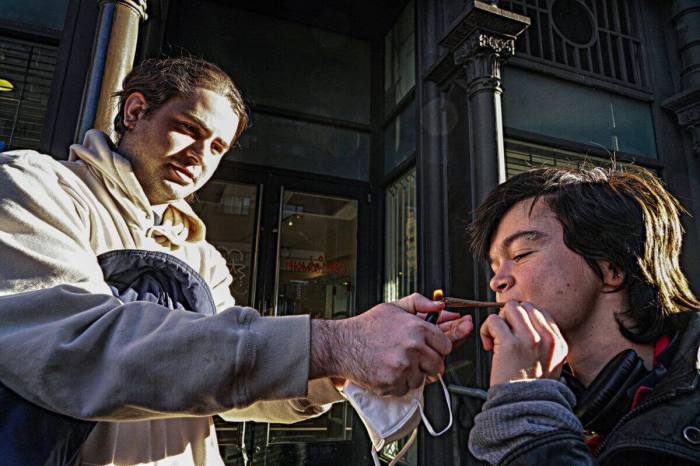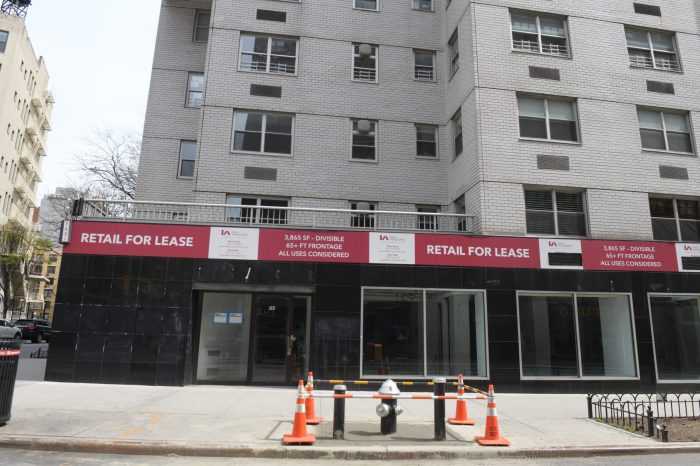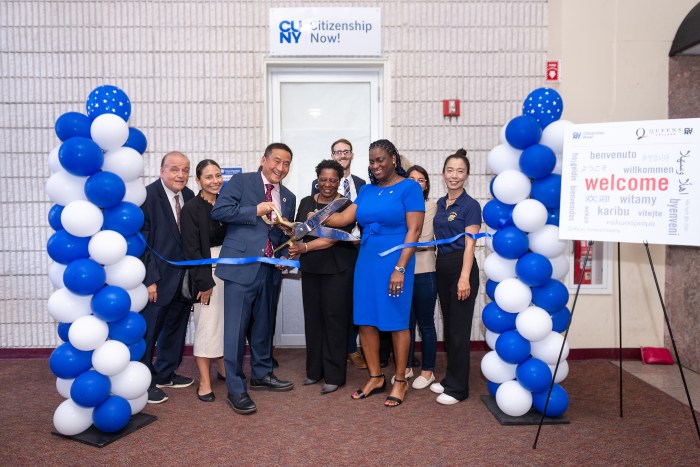BY ARTHUR Z. SCHWARTZ | I have lived in the Village for 31 years now, long enough to measure progress in terms of decades, not years. The Village I moved into in 1981 was very different from today’s Village, so there has been change. Progress? It depends how one defines it.
PERSPECTIVE
I love living in the Village. I have great neighbors and it’s been a wonderful community for raising my four children. The scale is amazing by Manhattan standards. The streets are empty by Manhattan standards. The liberal attitudes of my neighbors are refreshing.
I never cease to be amazed how in 2008, Barack Obama carried our neighborhood in his primary against Hillary Clinton, the only community in the state where that occurred that wasn’t a majority black or Hispanic. We are less racist, less homophobic, more green and eat more nutritious food than almost anywhere in the U.S.A. People speak to each other in the streets, and street musicians still play classical music on the corners.
Yet, our most recent community board census shows only 2 percent of the Village and Soho is African-American, and a similarly small percent is Hispanic. This is in a city that is majority minority. New York City now has 1 million Asian-American inhabitants, but if Chinatown weren’t partly in our census tract, we would be 0.5 percent Asian. So as liberal as we are, we live in one of the most lily-white, segregated communities in the nation.
When I moved to the Village, a number of big buildings were “turning co-op.” But most people still lived in rent-controlled or rent-stabilized apartments. And those people were often at the heart of the arts and intellectual community: musicians, fine artists, opera singers, cabaret performers, dancers, actors and writers — people whose pursuits were nourished by a low-rent, low-rise community with reasonably priced food, clothing stores, shoemakers and even entertainment.
But there aren’t very many rent-controlled or rent-stabilized apartments left. Studios in walk-ups cost $3,500 a month. A one-bedroom condo goes for around $1 million. Commercial rents are so high that only high-end outfits can locate here. One of my favorite hangouts, the University Diner, on 12th St. and University Place, just closed, and the landlord wants $125,000 per month for a lease. Although we occasionally hear the words “affordable housing” out of elected officials’ mouths, there is very little of that. And it is hard for landlords to charge lower rents since the city has ratcheted up real estate taxes to obscene levels: Small buildings like townhouses pay $70,000 to $100,000 per year in taxes, and the city doesn’t care if the tenants are rent-stabilized.
This is an interesting political moment, similar in some ways to 25 years ago. In the early ’90s, Deborah Glick got elected to the Assembly, and Tom Duane to City Council. His chief of staff was Christine Quinn. A few years later, Duane moved to the state Senate and Quinn took his place on the Council. Now Duane has left the Senate and Quinn is either moving up or out.
Glick holds on after 23 years, much like her predecessor, Bill Passannante, did, looking to remain relevant, playing off some effective work she did in the past.
This could be called the “New New Politics Era,” which followed the New Politics era ushered in by Ed Koch and his cohorts in the Village Independent Democrats, who drove Tammany Hall to its grave.
Duane, Glick and Quinn promised to be the most liberal crew we ever had representing us. But under their watch (unlike during the New Politics Era, marked by heroes like Jane Jacobs, the landmarking of Greenwich Village, and the creation of West Village Houses), affordable housing disappeared, zoning variances that allowed large, oversized development became increasingly frequent, and we lost St. Vincent’s Hospital and a spate of historic structures in the West Village; meanwhile, we gained the multimillion-dollar condos built by the Rudins and Related Companies, while N.Y.U. took over more and more of the Central Village.
The Village has become more of a community of families with children, but the creation of school seats has lagged behind, forcing many parents to send their kids to private schools. We had a spate of park renovations, and Hudson River Park opened up (over Deborah Glick’s objection), but money to maintain those parks has had to be raised privately.
Neighborhood store after neighborhood store has closed, only to be replaced by multiple Marc Jacobs, Duane Reades and lots of expensive bistros. And instead of opening politics up in the community to a new, young generation, the trio have kept it a closed club. (Although Brad Hoylman did push his way in.)
None of the three is happy with our three present City Council candidates, Yetta Kurland, Corey Johnson and Alexander Meadows; these newcomers aren’t part of their club and they are looking to find a candidate who is. They all supported Hillary for president when their constituents were excited about Obama.
Crumbs thrown off by developers, like the 75 Morton St. school, the Foundling School and the AIDS memorial park, were minor contributions from developers beginning multibillion-dollar-profit projects.
Yes, we have Andrew Berman of G.V.H.S.P. and Terri Cude fighting N.Y.U., and Tobi Bergman with Pier 40. But advances have been few and far between.
The Village of Ed Koch, Jane Jacobs, Verna Small and Bob Dylan and Stonewall is no more. It is a lovely place to live, but has lost a lot of its soul.
Schwartz is Democratic state committeeman for the 66th Assembly District


















